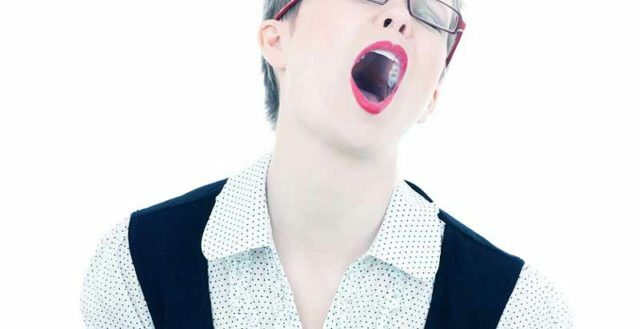
Contents of the page
- 1 Dislocation of the shoulder joint: the cause of development
- 2 Symptoms of the shoulder joint dislocation
- 3 A habitual dislocation of the shoulder joint features of the clinical picture
- 4 Treatment of
Trauma can happen to anyone in an unexpected moment. Depending on the situation, any part of the body can be injured. When falling, a person tries to hedge himself, substituting his hands to reduce the consequences. Dislocation of the shoulder joint is a fairly common injury, both in adults and in children. Such traumas can lead to a decrease in the quality of life of a person, which in the future can be reflected on his emotional background.
Shoulder joint, is the most mobile joint in the human body, but in addition and most vulnerable during injuries. This joint is surrounded by a capsular-ligament apparatus, which at the time of a heavy load does not sufficiently perform its protective functions. When receiving any injury, adults and children should be examined by a doctor to make the correct diagnosis.
Dislocation of the shoulder joint: the cause of the development of
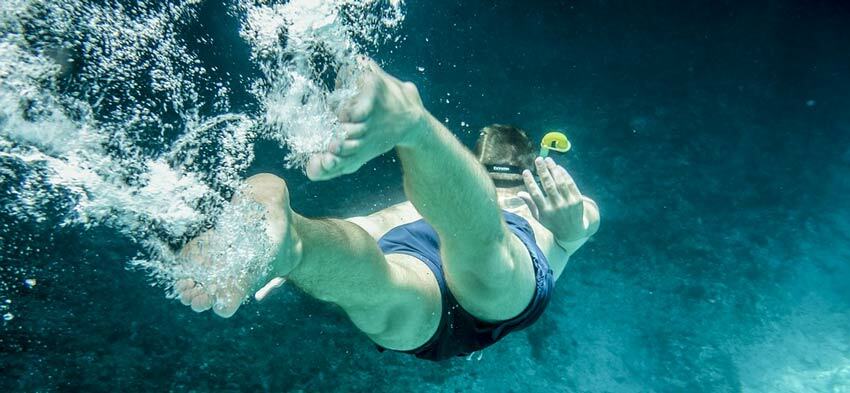 To the development of such an injury, the following results:
To the development of such an injury, the following results:
- features in the structure of the joint;
- injury;
- hypermobility of the joint;
- the usual joint stress, when performing the same type of action( swimming, gymnastics).
The listed reasons can influence in isolation or in combination.
Anatomic features in this case is dysplasia of the articular cavity of the scapula. This is due to the fact that the joint was not fixed initially, so excessive exposure to it can lead to traumatic damage. Hypermobility of the joint includes the weakness of the ligaments and muscles, which keep the joint in proper volume.
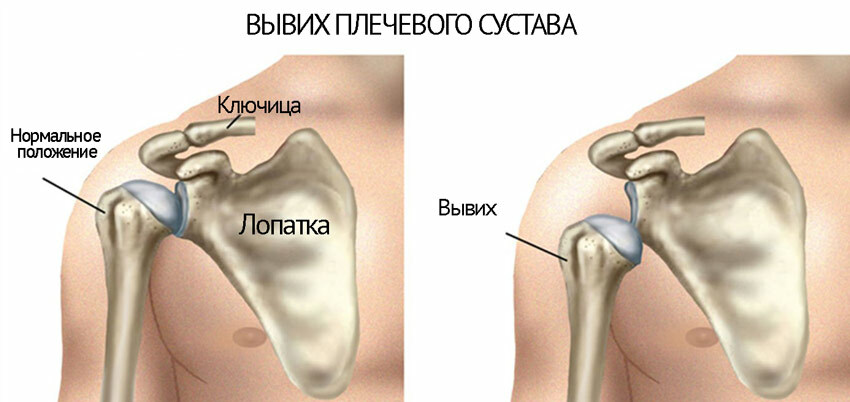 Photo: Dislocation of the shoulder joint
Photo: Dislocation of the shoulder joint This is usually an innate feature of the musculoskeletal system and occurs quite often. But do not be afraid, not all people, this feature ends with a dislocation of the shoulder joint.
Sport, is one of the main reasons for the development of this disease. Permanent training and stress on the joint can provoke similar injuries. Performing monotonous movements for a fairly long time, stretching of the ligaments occurs, and they no longer function so firmly. The very fact of injury and the presence of features of the structure of the shoulder joint increases the probability of getting a dislocation.
Symptoms of Shoulder Joint Dislocation
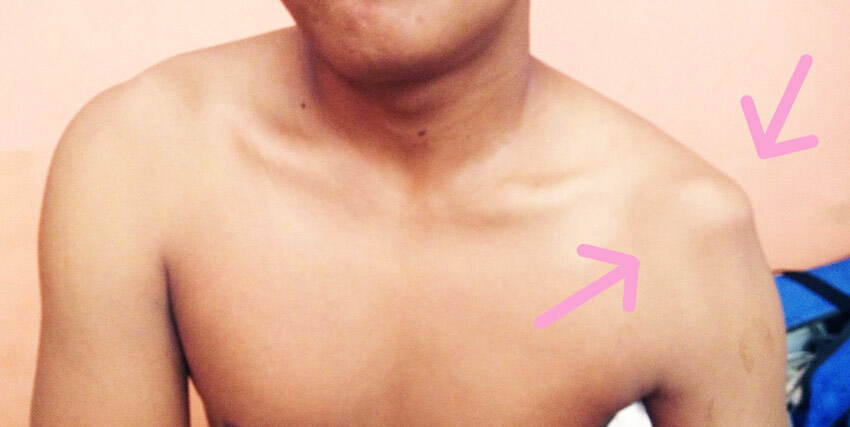 Photo: Symptoms of Shoulder Joint Dislocation
Photo: Symptoms of Shoulder Joint Dislocation It should be noted that the symptoms of the acute condition and habitual dislocation of the shoulder joint are generally the same, but there are a number of features that will be discussed below.
The main symptoms include:
- sharp pain in the shoulder joint and edema;
- joint shape change;
- fixed position of the hand;
- is not an opportunity to make active and passive movements;
- change in limb length;
- decreased or impaired sensation in the joint region.
In most cases, these complaints result from an active trauma. At some patients on a background of strong pain the temperature can rise. Pain, as a rule, is intense, unbearable, and can lead to a fainting condition. Not always a person immediately understands what happened. Trying to move a hand and perform minimal actions, they only worsen the clinical picture.
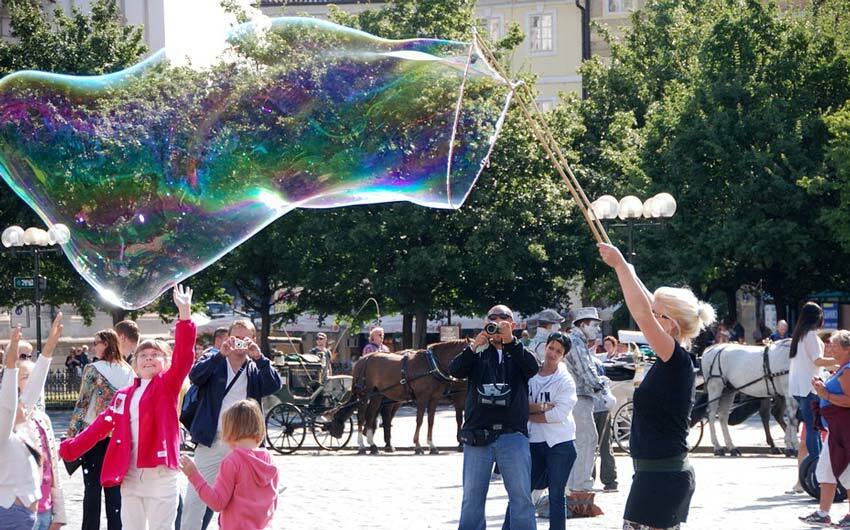 If talking about the habitual dislocation of the shoulder joint, then it can form and in the absence of active trauma. Given that the ligamentous apparatus is stretched, the dislocation is obtained when performing elementary operations.
If talking about the habitual dislocation of the shoulder joint, then it can form and in the absence of active trauma. Given that the ligamentous apparatus is stretched, the dislocation is obtained when performing elementary operations.
If the vascular-nerve bundle is damaged, there is a violation of the local blood circulation and a change in sensitivity. Sensitivity is impaired in the forearm and lower arm regions.
It should be noted that the symptoms of the state of intensity and brightness differ depending on the individual characteristics of each person. When making a diagnosis, perform such a manipulation as a reposition of the dislocation.
This is necessary, since a soft tissue swelling forms in the injury and if the dislocation is not corrected, the swelling will persist and the force of pain will increase. In addition to the main traumatological methods, the patient must also provide psychological assistance.
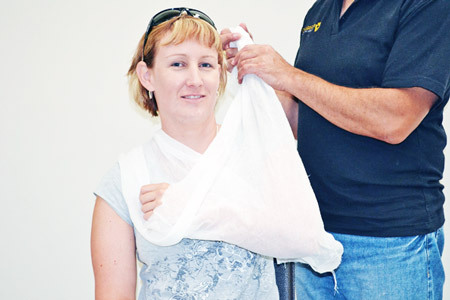 First aid for dislocating the shoulder joint should include:
First aid for dislocating the shoulder joint should include:
- limb fixation and cold application;
- giving the patient a comfortable position;
- need to remove the pain symptom.
If the limb is damaged, it is necessary to fix the time, in the future it will help in choosing the tactics of treating the patient. Fixation of the joint is carried out with a tire, bandages, and a bandage bandage. It is necessary to firmly immobilize the injured arm in order to avoid additional displacement.
Cold apply, it will help prevent the development of severe swelling, and a little pain. In pain, analgesics with anti-inflammatory effect are used. First aid in case of dislocation of the shoulder joint can be provided by a person without special education.
The newly developed dislocation should be first introduced in the hospital after additional examination. It must be done in the shortest possible time, so that the recovery period is more effective. To confirm the diagnosis, it is sufficient to conduct an X-ray study, on which the integrity of the joint can be clearly identified.
 The habitual dislocation of the shoulder joint features clinical picture
The habitual dislocation of the shoulder joint features clinical picture
Dislocation, which is repeated three months after the primary dislocation refers to the usual. Over time, objectively, such patients have a decrease in muscle volume in the shoulder region.
Moderate soreness is present not only in rest, but also in palpation of the shoulder area. Pain with the usual dislocation of the shoulder joint is not so intense, the body temperature does not increase and the patient immediately begins to take the necessary actions.
The reasons for the formation of the habitual dislocation are as follows:
- rupture of the muscular framework;
- sprain or rupture of ligaments of the joint;
- any sharp hand movement;
- is not a correct treatment of a primary injury( most often not a cure);
- unbalanced load on the joint;
- re-injury and much more.

With sufficiently frequent recurrences of the disease, the causes of dislocation are becoming less significant, which aggravates and prolongs the process of restoring the normal working capacity of the joint. Dislocation of the dislocation occurs easily, and often the patients can do it themselves.
This disease reduces the quality of human life, primarily due to the fact that you have to comply with restrictions in motor activity, so as not to provoke an aggravation of the condition. In addition, the constantly present pain and discomfort leads to a decrease in mood and performance.
Treatment under such conditions, as a rule, operative. This is necessary because conservative therapy is not effective and does not bring relief to the patient. Plastic capsule-binding device, which is aimed at strengthening and fixing the joint in the correct position.
There are several methods of surgical treatment, each is selected individually depending on the nature and neglect of the process. After this treatment, a restorative and rehabilitation period is mandatory. Treatment should be complex and continuous, then it will be possible to achieve the desired result.
Treatment of
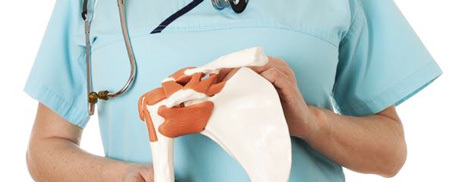 Treatment of dislocation of the shoulder joint begins immediately, from the moment of first aid to the patient. The earlier these events begin, the more productive the result will be. The main type of treatment for this condition is the correction of the dislocation.
Treatment of dislocation of the shoulder joint begins immediately, from the moment of first aid to the patient. The earlier these events begin, the more productive the result will be. The main type of treatment for this condition is the correction of the dislocation.
Manipulation is not simple and requires professional skill. Doctors who perform this procedure are orthopedic traumatologists or surgeons.
The repositioning of the newly developed dislocation is the most time-consuming procedure. Before proceeding with manipulation, it is necessary to anesthetize the patient( local anesthesia or anesthesia, is solved individually) in some cases, with complex dislocations using muscle relaxants, for more muscle relaxation in the damaged area.
From pain in the joints will be effective innovative cream Arthropant.
The following adjustment techniques are distinguished:
-
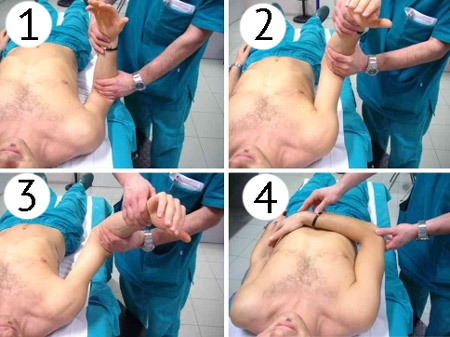 lever;
lever; - physiological;
- jogging.
After carrying out the manipulation, medicamentous therapy must be prescribed, which will be directed to the removal of edema, inflammation, improvement of blood circulation in the joint and muscles, vitamin therapy, reduction of the pain syndrome.
Treatment of dislocation of the shoulder joint after repositioning involves fixing the limb and carrying out a recovery course. Physiotherapy treatment is an addition to the main therapy.
Operations with dislocation of the shoulder joint are performed to treat a habitual dislocation or a newly developed dislocation, with the impossibility of its conservative repositioning.
 Photo: X-ray of the dislocation of the shoulder joint
Photo: X-ray of the dislocation of the shoulder joint Surgical treatment can be:
- on the joint capsule;
- on the bunches;
- on the muscles;
- on the bones;
- or be combined.
Operative dislocation is not considered difficult manipulation. It is based on opening the capsule of the joint, restoring the correct proportion of bones and carrying out the sewing of damaged tissues. Much more painstaking and delicate operations in the treatment of habitual dislocation of the joint. This is due to the fact that over time, with a constant load and trauma, the joint changes.
There is a formation of fibrous cords and outgrowths. Muscles and ligaments weaken and cease to function normally. Considering this, the doctor during the operation carries out a "sweep" of the joint, to improve the contact of the articular surfaces.
The main purpose of the operation with the usual dislocation of the shoulder is the creation of a strong capsular frame that will prevent damage to the joint. 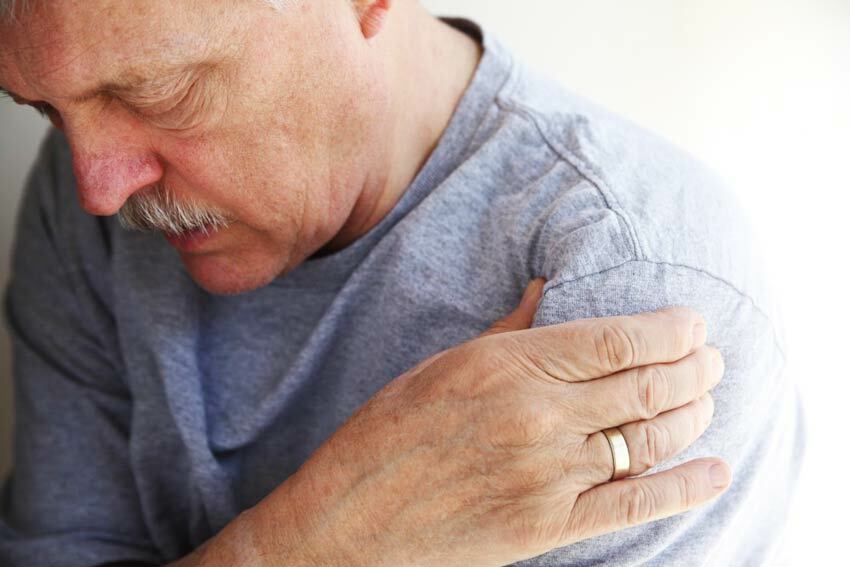
In most cases, combined treatments are used in the treatment, which include exposure to ligaments, muscles, bones and surrounding tissues. Rarely when resort to an isolated treatment of a single structure. Immobilization of the limb is mandatory after such treatment. The term is determined individually, but, as a rule, it is not less than three weeks.
If after the procedure of correction, the patient observes the remaining edema of the upper limb and its build-up, feels numbness and weakness in the hand, the pain does not go away, but on the contrary increases every day, it is necessary to inform the doctor about it, as this may indicate a complication of the disease.
Operative treatment in some patients is perceived quite hard, so the support of psychologists or psychotherapists can ease the postoperative period and accelerate recovery.
Rehabilitation and rehabilitation after
treatment Each patient should understand that after rehabilitation of the dislocation, rehabilitation and compliance with the recovery period are necessary. The whole course lasts no less than six months. Rehabilitation is necessary for joint development after trauma.
If these procedures are not carried out in full, then the patient may face the fact that a dislocation can occur again, and then the disease will become chronic. Rehabilitation with a dislocation of the shoulder joint is developed for each patient individually. The course includes the development of:
- ligaments and muscles;
- recovery of the volume of movements;
- prevention of recurrence of the disease.
The duration of the recovery period depends on the severity of the condition, the age of the patient, the neglect of the process.
It should be noted that after the procedure the patient does not immediately begin warm-up exercises. The first week, is aimed at creating maximum peace for a fixed limb. It is necessary for the maximum fusion of all damaged tissues to exclude secondary inflammation.
 During the first postoperative week, the patient takes medication, limited volumetric movements in the joint, a small gymnastics in the hands and fingers is allowed to improve blood circulation in the hand.
During the first postoperative week, the patient takes medication, limited volumetric movements in the joint, a small gymnastics in the hands and fingers is allowed to improve blood circulation in the hand.
The second stage of recovery begins from the second week and lasts up to four weeks. Here, the patient is allowed to perform smooth, measured movements in the arm and joint. After the manipulation is applied cold, to reduce the pain syndrome. Dramatic and complex combined movements are prohibited, as this can provoke a new dislocation.
The third period in the restoration continues until six months. The main task is to restore the full volume of movements in the joint and to stop the inflammatory process. Rehabilitation other than gymnastics techniques should include massage and physiotherapy.
Physiotherapy is more convenient than it is because there is an effect on joint structures without power. The basic physiotherapeutic procedures include:
- electrophoresis with novocaine;
- magnetotherapy and laser;
- UHF and UHT;
- phonophoresis;
- electrostimulation.

Thanks to these techniques, metabolic processes are improved, the body's immune response is increased, barrier mechanisms are activated, and recovery is accelerated. The listed methods can be applied alternately or jointly.
The main point in rehabilitation with dislocation of the shoulder joint is LFK.Physiotherapy exercises are conducted under the supervision of an instructor who paints step by step what tasks should be performed. LFK with a dislocation of the shoulder joint is aimed at restoring muscle strength and at the same time relieving muscle tension. With correctly selected exercises, the load on the joint is gradually increased, increasing the strength of the tasks.
Gymnastics in the early stages contributes to the normalization of muscular functions, then leads to the restoration of the operability of the joint. After immobilization has been removed, physical therapy classes are aimed at reducing muscle contractures, increasing the endurance of muscle tissue. It should be noted that the tasks are performed by a sick hand and healthy.
Basically, the following exercises are used:
- hand-to-hand;
- flexion and extension in the elbow joint and hands;
- lifting hands up;
- circular motion;
- hands behind the back.
We must not forget that in the first days of rehabilitation therapy, not all procedures will be performed in full, but systematic studies contribute to the expansion of the volume of active and passive movements. LFK with a dislocation of the shoulder joint is first carried out in a lightweight version, then with good load tolerance, sports equipment can be added. Most often use dumbbells, balls, stick. The duration of the classes starts from 10-15 minutes, the time interval gradually increases.

